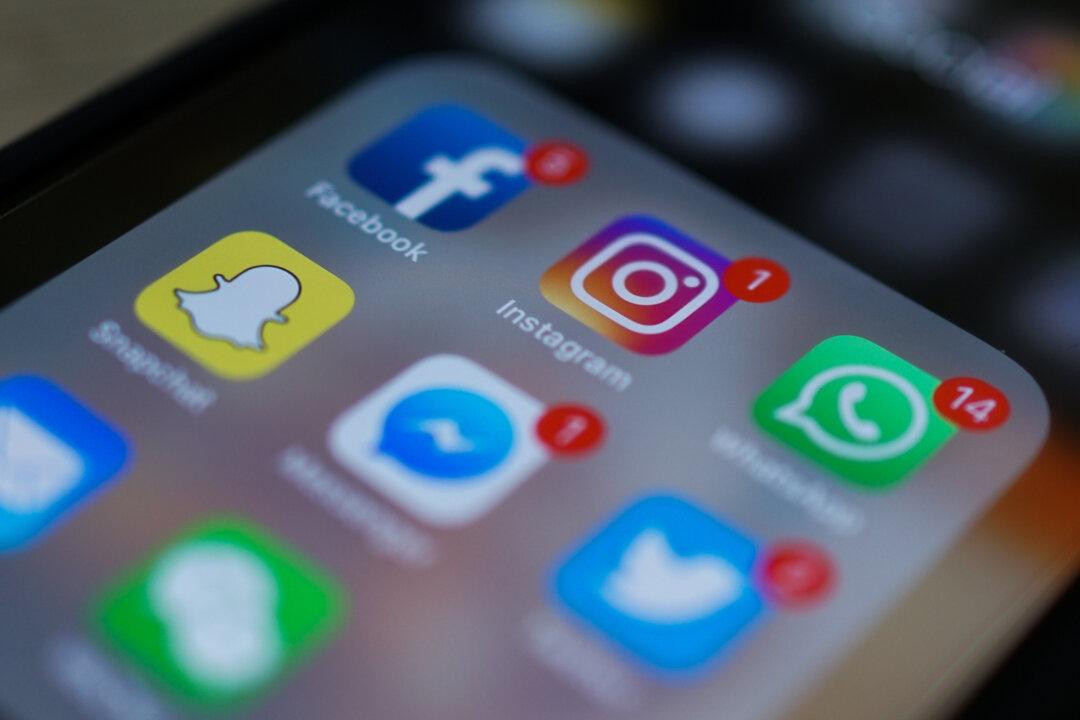Facebook and Twitter took down a network of social media accounts that “used deceptive tactics” to promote pro-Western narratives that supported the United States and its allies while opposing countries such as China, Russia, and Iran, according to an Aug. 24 report.
The joint investigation by the Stanford Internet Observatory and Graphika, a social media analytics firm, found that an “interconnected web of accounts” on Twitter, Facebook, Instagram, and five other social media platforms utilized “deceptive” strategies to back Western narratives in the Middle East and Central Asia.





